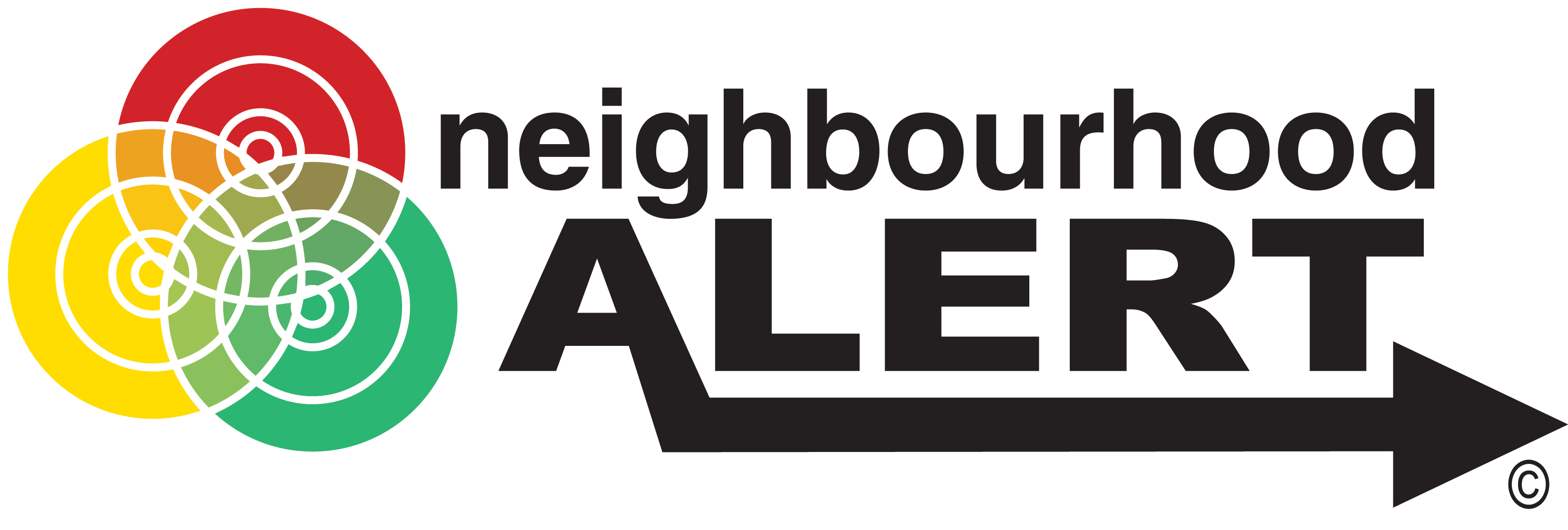|
||||
|
||||
|
|
||||
|
How to protect yourself When Buying Online
Do some research to find out what a fair or competitive price is for similar goods in the same condition; if the offer sounds too good to miss out on, it might not really exist, be fake or of inferior quality. Fraudsters often use stock images or other people’s images or use the same image on multiple websites/adverts. Check the seller or buyer’s review history and feedback from other reviewers. Beware of accounts that may have been set up very recently with lots of favourable feedback that sounds similar, this could be an indication of fake reviews. Always use the site’s recommended payment site, if they have one, and read the terms and conditions to understand what you are protected for. If you pay any other way than via a recommended payment site, you may not be able to recover your money. Where there’s no recommended payment site, paying via credit card or known third party payment providers is preferable to direct bank transfers. Check your bank statements or online account regularly. Make sure that the website you’re buying from is genuine – and not a fake or copycat site – by typing in the address yourself and checking the spelling. Fake addresses usually vary from authentic ones with just one or two incorrect letters. Research sellers’ and other bidders’ selling history. And bear in mind that a website ending ‘.co.uk’ doesn’t necessarily mean it’s based in the UK. Check the address of the company and the phone number. Don’t make payment over insecure WiFi (a public WiFi or one with no password to access). Make sure you’re making payments on a secure site. You can check the link is secure in two ways:
| ||||
Reply to this message | ||||
|
||||
|
|
|





